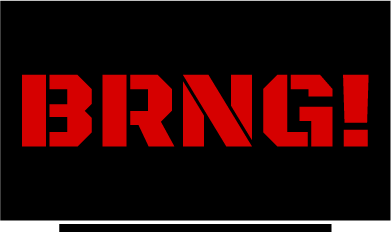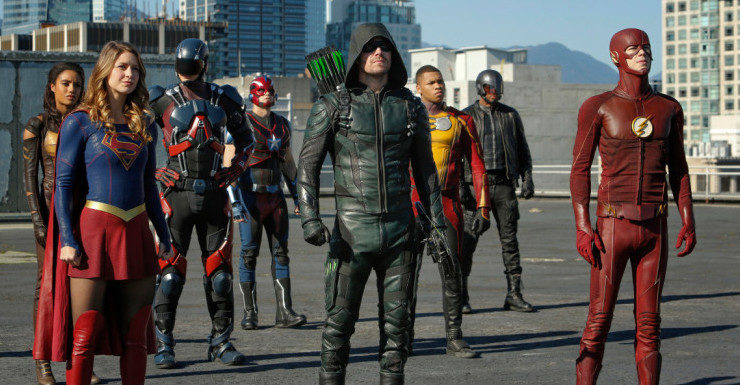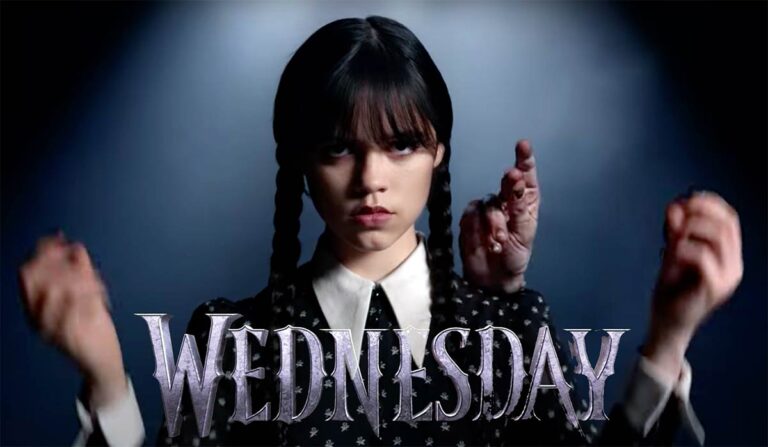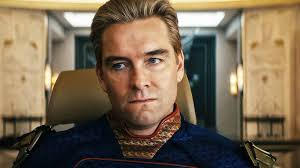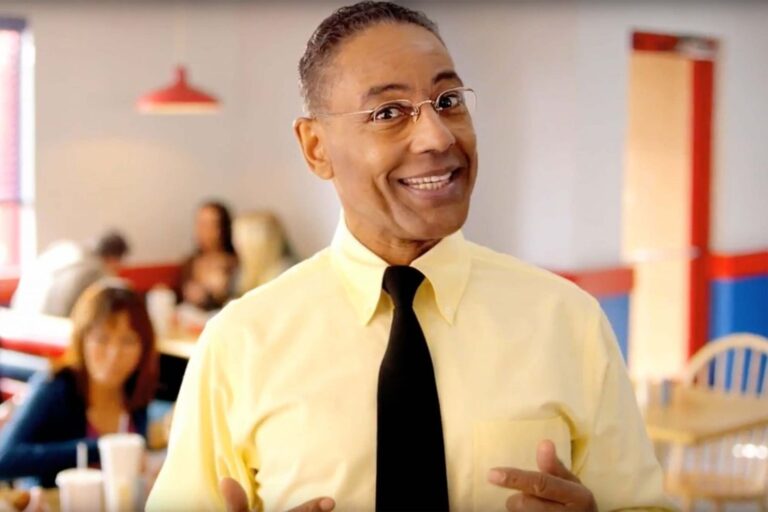Picture Adam West shimmying around in blue spandex, cape fluttering, delivering righteous punches to crooks with a BAM! and a POW! That was Batman in 1966. Welcome to the age when superheroes leaned hard into camp — no one batted an eye if their hero’s tights looked straight out of a tote bag from the local community theater. Yet, flip the TV on in August 2025, and you’ll journey to a far less sunny Gotham, where capes come with trauma, and even the brightest heroes are lugging some pretty heavy emotional baggage. It’s quite the glow-up — or maybe the glow-down? Whichever way you look at it, the cape game has changed. Let’s dig in and see why blue spandex just wouldn’t work today, and what pulled superhero TV from light-hearted giggle-fests into moody, complex prestige shows.
From Zap! To Ouch: The Chaotic and Cheerful Beginnings
Superhero shows in the ’60s had one mission: entertain and do it with as much pop as possible. And heaven help you if you took any of it too seriously. Shooting to the top of the camp charts, “Batman” (1966) dripped in Technicolor. Adam West’s Batman fought pencil-mustached villains whose evil schemes usually hinged on elaborate deathtraps involving giant typewriters or enormous birthday cakes.
Everything about these shows yelled fun:
- Bright, eye-popping costumes (thanks to West’s blue cowl and that sieve-like utility belt).
- Corny one-liners (“Some days you just can’t get rid of a bomb!”).
- On-screen sound effects, ZAP!, BANG!, and THWACK!, popping up like sugary soda bubbles.
And the audience? Well, in the midst of Beatles mania and go-go boots, they loved it all. Heroics were simple. Good guys always won. Viewers liked their cape adventures cut and dry, with a big old cherry on top.
The First Hints of Trouble: Enter Moral Complexity
This sparkly innocence didn’t last forever. The world changed — Vietnam, cynicism, a new sense that the lines between good and evil could blur. Audiences started craving heroes who felt, well, more human. The ’80s and ’90s brought “The Incredible Hulk” and “Lois & Clark,” where the superheroes actually struggled with jobs, mortgages, or — in Hulk’s case — smashing up more than just villains.
But the real inflection point for TV? Let’s fast forward to “Heroes” (2006 — 2010). This show didn’t just give us folks who could fly or heal in a snap. It introduced regular people with regular problems and extraordinary powers, wrangling with guilt, depression, and the sense that maybe saving the world wasn’t on their LinkedIn. It hit audiences hard (in a good way): stories could be weird and personal — and just plain messy.
Bleak Is Chic: Welcome to the Era of Antiheroes
Then along came the modern tidal wave. By 2025, the superhero shows grabbing our attention don’t hand out easy answers or neat conclusions. Want a show where the hero’s battles are mostly internal? Check out “The Boys” or its spin-off “Gen V.” Here’s the basic calibration:
- Heroes can be monstrous (and sometimes, the monsters are heroes).
- Everyone has an angle. Some save the day while texting their agents.
- There’s blood. And not just cartoon ketchup splats — actual, nail-biting tension.
“The Boys” (Amazon Prime Video, still a streaming juggernaut in 2025) flipped the cape narrative on its head. Instead of idolizing superheroes, it peeled back the curtain to reveal corruption, ego, and government interference. “Gen V,” its younger cousin, dove into a university packed with superpowered students who cared about social status as much as saving lives. (Sounds familiar? Maybe, but not in spandex.)
Other modern heavyweights like “Invincible” spin the kaleidoscope even further. The Amazon animated smash (renewed in 2024, still hot in 2025) delivered room-shaking fights with characters who faced not just global stakes but family betrayal and horrifying secrets. And don’t forget “X-Men ’97” on Disney+, resurrecting the mutant soap opera with both nostalgia and razor-edged storytelling — charming ’90s aesthetics, meet twenty-first-century mood swings.
Spandex Out, Kevlar In: The Great Cape Makeover
Let’s be real. No one wants to see Superman in tights so tight you can count his rib bones anymore. The costume game evolved as storytelling did. As the hunger for realism took over, so did costume design.
- Gone: Simple, candy-colored spandex.
- In: Gritty, practical materials — leather, armored paneling, even streetwear influences.
- Capes still show up, but they better serve a purpose (or shoulder some heavy symbolism).
- Muted, urban color palettes dominate. Think charcoal Batman. Even Flash sports less firetruck-red, more maroon.
- And when a superhero wears a mask, good luck unmasking their feelings — facial armor means business now.
These looks didn’t come out of nowhere. Costume designers in 2020s drew inspiration from tactical gear and fashion runways. According to Land Of Geek, practical design became the secret sauce for modern heroes — outfits had to make sense, not just stand out.
Streaming Charged the Genre’s Super-Batteries
And we cannot ignore the real-world superpower that changed it all: streaming platforms. Around 2020, the rise of services like Amazon Prime Video and Disney+ revived and rebooted cape narratives in ways network TV just couldn’t.
Here’s the kicker:
- Streaming destroyed the old “villain of the week” formula.
- Creators took time to explore character arcs and paint with darker colors.
- Series could tackle tough themes (think trauma, systemic corruption, and existential dread).
- Binge-watching habits encouraged tighter, serialized storytelling.
Think about it—”Invincible” and “Gen V” weren’t built for casual, drop-in viewing. You had to keep up, get invested, and root for deeply flawed protagonists. “X-Men ’97” managed to tap nostalgia while also giving old-school mutants new, more mature problems — a blend that wouldn’t fly on old Saturday morning lineups.
The sheer volume of shows exploded. Not all survived, sure. But the ones that thrived? They dug deep into what happens when power’s more of a curse than a blessing.
Why Did We Outgrow Camp? Let’s Blame (or Thank) Ourselves
So, why’d this shift happen? The answer’s more fun than a radioactive spider bite. Audiences grew up. We started asking nagging questions: What if the hero messes up? What if the villain kind of makes sense? Do side effects exist for super-strength? And most importantly — why does everyone in the Justice League have perfect hair?
Society itself adopted a healthy skepticism. As huge real-world problems dominated worldwide: government corruptions, privacy concerns, #MeToo revelations, and rising distrust in institutions — our superhero fables needed to catch up. We stopped believing in easy fixes. We wanted stories that acknowledged flaws and gave us (sometimes) hope, but always truth.
According to industry reports and fan reviews, this push for realism and relatability became a goldmine. Viewers wanted drama but also asked for wit, darkness, and heart. And the networks and streamers listened. Prestige TV learned: grit sells — so give audiences moral dilemmas, heartbreak, and scars.
Side Effects: What’s Next When Capes Keep Evolving?
August 2025: We have superheroes in practically every genre and mood. Want diary-style heartbreak with powers? There’s a show for that. In the mood for blood, guts, and corporate satire? Welcome to “The Boys” and its spinoffs. Want something more old-school but with emotional resonance? “X-Men ’97” answers that call.
But what’s wild is that camp still has a little pulse. People still revisit the classics — sometimes ironically, sometimes earnestly. The memes live on. The gifs circulate — especially every time someone falls off a rooftop and just walks away. The spectrum now stretches from neon nostalgia to modern grit.
What stays clear is this: the world keeps spinning, and heroes, villains, and everyone in between need to keep up. Storytellers are digging deeper. Costumes will probably get more practical (unless the next trend is back to glow-in-the-dark suits, which — honestly — could happen). Maybe the next reboot will blend the crazy fun of 1966 with today’s emotional complexity. If there’s one thing certain, it’s that superheroes, like the viewers who love them, are never done evolving.
So buckle up. Whether you still adore old-school BAM!s or get chills from a caped crusader’s existential crisis, cape culture’s only getting wilder from here.

